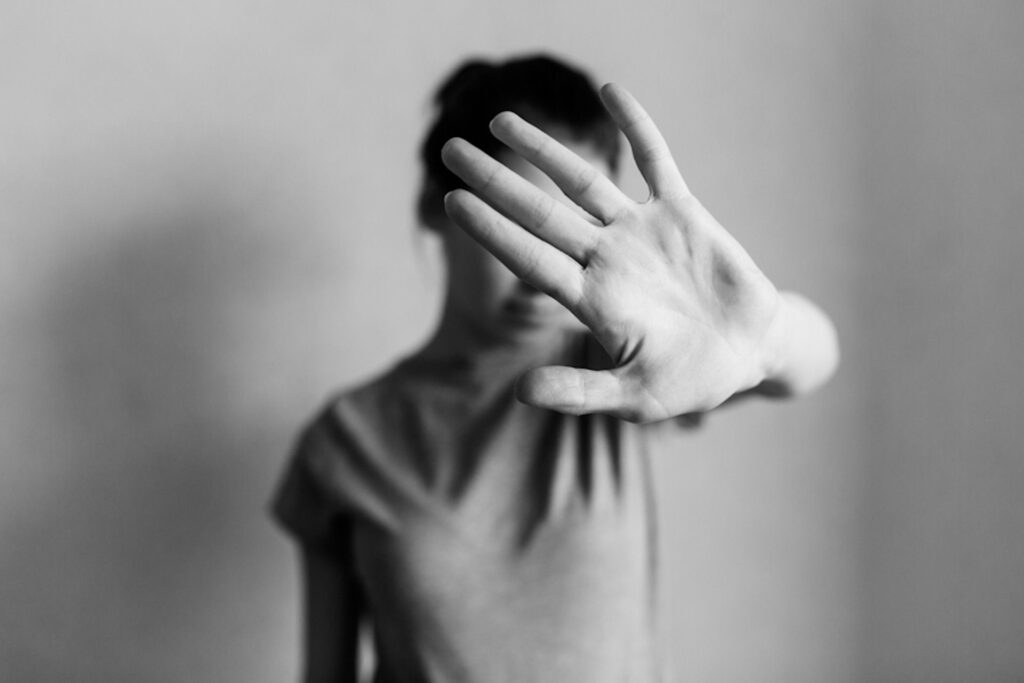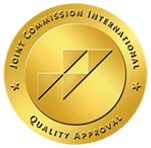In the United States, Canada, and in Western Europe, March is observed as Self-Harm Awareness Month. Self-harm awareness is critical because there are two-million cases of self-harm, mostly in youths, reported annually in the United States. If you fear that a young person in your life is in danger, learn about the many types of self-harm and then contact the caring, skilled medical professionals at Bayview Recovery today online or call 855.478.3650 to discuss the benefits of depression treatment.
What Is Self-Harm?
Self-harm, which may also be known as self-abuse, self-injury or self-mutilation, occurs when someone intentionally and repeatedly harms themselves. Self-harm is impulsive but not lethal.
The most common types of self-harm in teens and young adults include:
- Cutting skin
- Burning
- Excessive scratching
- Hair pulling
- Drinking harmful substances
- Headbanging or hitting
- Punching, self or objects
- Breaking bones on purpose
Though self-harm is often not discussed openly, it is all too common. Self-harm awareness month is the ideal time to fully come to terms with the statistics surrounding this dangerous action. Self-harm occurs in 4% of adults in the United States and is more common among teenagers, with 15% of teens in the U.S. reporting some form of self-harm. That rate is even higher for young adults.
What Causes People To Harm Themselves?
People may turn to self-harm as a way of coping with pain or difficult emotions. It is important to note that in most cases, self-harm is not a suicide attempt but rather a way for teens to express control when they feel as though they do not have adequate control over aspects of their own life.
Teenagers who self-harm may also be doing so in reaction to the trauma they have experienced. Some of the trauma that may lead to self-harm include:
- Abuse
- Neglect
- Abandonment
Self-harm such as cutting or burning is scary enough for loved ones to witness but what makes seeking mental health treatment essential is what this kind of harm can lead to. This being self-harm awareness month, make now the time you step in and help prevent self-harm from turning into depression, eating disorders, or drug and alcohol abuse.
The Top 5 Warning Signs of Self-Harm
As you seek to gain self-harm awareness, know that most teenagers who are engaging in self-harm try hard to keep it a secret. This means that it can be difficult for you or other caring, well-meaning adults to know if a child is in danger or needs depression treatment.
If the types of self-harm they are engaging in the lead to bruises, scabs, or scars, teens will likely try to cover these up with clothing that may be inappropriate for the current weather, such as long sleeves or pants during the warm months, for example. If you ask about their injuries, they may make an excuse or lie about what happened. To have self-harm awareness means to look deeper and see through their fabricated stories to discover the truth and help them seek the care they deserve to get better.
The top five signs of self-harm include:
- Low self-esteem
- Decreased performance at school
- Increased isolation
- Relationship issues
- Unexplained injuries
Recognizing Self-Harm Awareness Month
Self Harm Awareness Month recognizes that self-harm does not discriminate. It is happening right now across genders, races, beliefs, and ages. Upwards of 20% of Americans could be practicing some form of self-harm today, with 90% of that self harm starting during adolescence—usually around age 14.
While self-injury is not typically a suicide attempt, a teenager may cause more harm than intended. Or, in more severe cases of self-harm, a teen may lose control, which could lead to an actual suicide attempt. Make self-harm awareness month the time when you break through and get your child the help they need.
Mental health treatment for self-harm depends on the individual and the severity of the self-harm, but may include:
- Outpatient treatment
- Group therapy
- Depression treatment
- Residential, in-patient program
Learn More at Bayview Recovery
If you suspect your teen is engaging in acts of self-harm, contact a mental health professional at Bayview Recovery today to start getting your teen the help they need. Use our secure online form or call us confidentially at 855.478.3650 today.

 Dr. Dave Cundiff, MD, MPH (Medical Reviewer)
Dr. Dave Cundiff, MD, MPH (Medical Reviewer)






